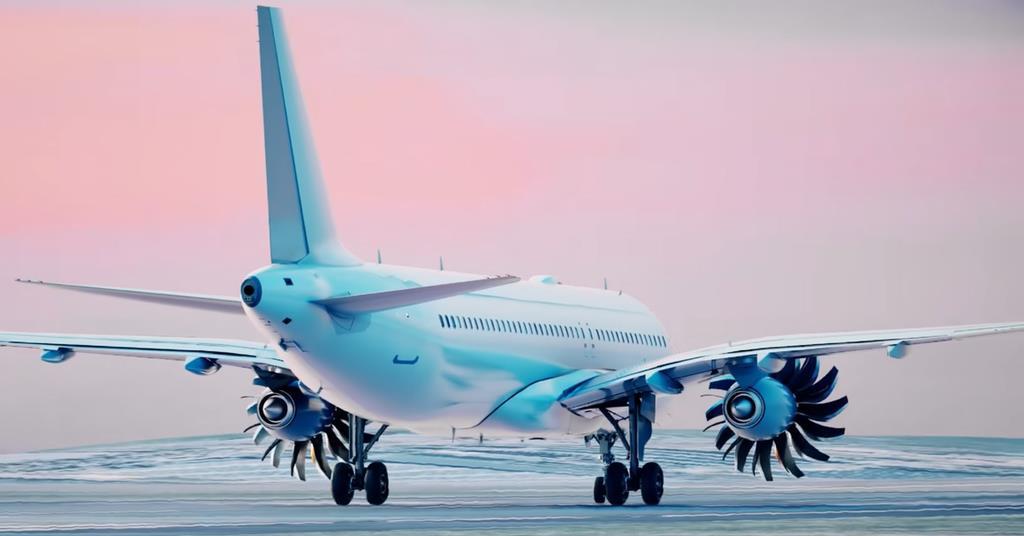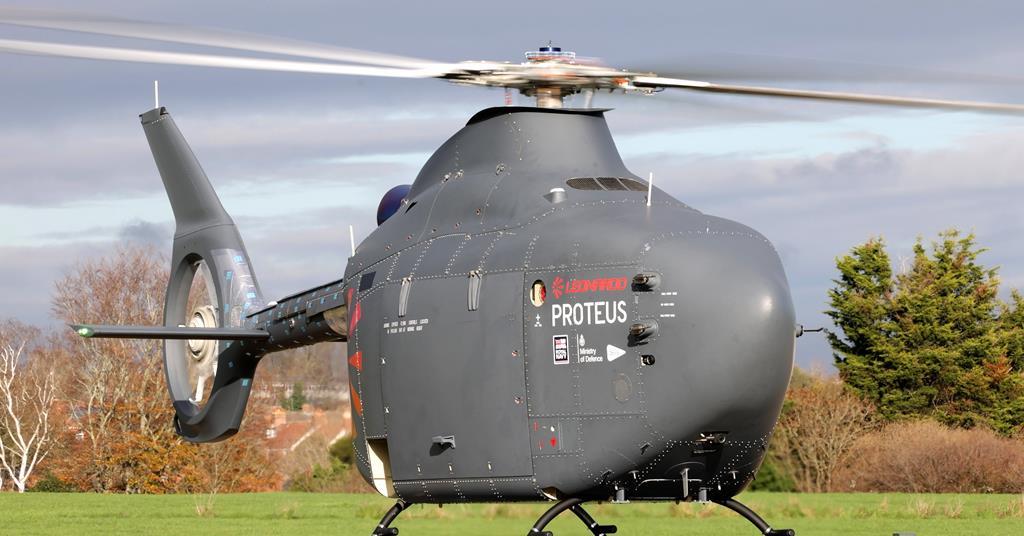Airbus Helicopters H140 showcases maturity in hot and high flight trials ahead of 2028 certification
Company
Legal Links
Contact
- +44 7947 753363
- contact@skylineairporttransfers.co.uk
- 6 Walsall Street Bilston Wolverhampton WV14 0AT
© Skyline Airport Transfers. Created by![]() Beaphoenix WebDesign ltd
Beaphoenix WebDesign ltd
Popular Locations:
Birmingham: Aston, Bournville, Edgbaston, Erdington, Great Barr, Hall Green, Handsworth, Harborne, Northfield, Quinton, Soho, Sutton Coldfield, Amblecote, Brierley Hill, Coseley, Cradley, Gornal, Halesowen, Kingswinford, Lye, Netherton, Sedgley, Stourbridge, Quarry Bank, Bearwood, Blackheath, Cradley Heath, Great Bridge, Old Hill, Rowley Regis, Smethwick, Tipton, Tividale, Wednesbury, West Bromwich, Balsall Common, Bickenhill, Castle Bromwich, Chelmsley Wood, Dorridge, Elmdon, Hampton in Arden, Kingshurst, Knowle, Marston Green, Meriden, Monkspath, Hockley Heath, Shirley, Aldridge, Birchills, Bloxwich, Brownhills, Darlaston, Leamore, Palfrey, Pelsall, Pheasey, Shelfield, Streetly, Willenhall, Bilston, Blakenhall, Bushbury, Compton, Ettingshall, Heath Town, Oxley, Penn, Tettenhall, Wednesfield, Burntwood, Lichfield, Cannock, Rugeley, KIDDERMINSTER, Brierly Hill,
STOURPORT-ON-SEVERN
Coventry: Allesley, Binley, Keresley, Stoke, Tile Hill
Leicester: Abbey Rise, Ashton Green, Aylestone, Beaumont Leys, Bede Island, Belgrave, Blackfriars, Braunstone, Braunstone Frith, Bradgate Heights, Clarendon Park, Crown Hills, Dane Hills, Evington, Evington Valley, Eyres Monsell, Frog Island, Goodwood, Hamilton, Highfields, Horston Hill, Humberstone, Humberstone Garden, Kirby Frith, Knighton, Mowmacre Hill, Netherhall, Newfoundpool, New Parks, North Evington, Northfields, Rowlatts Hill, Rowley Fields, Rushey Mead, Saffron, Southfields, South Knighton, Spinney Hills, Stocking Farm, Stoneygate, St. Matthew’s, St. Mark’s, St. Peters, Thurnby Lodge, West End, West Knighton, Western Park, Woodgate
Derby: Matlock, Ripley, Ashbourne, ILKESTON, SWADLINCOTE , BURTON-ON-TRENT, BAKEWELL,
ALFRETON, BELPER, HEANOR
Telford: Market Drayton, Newport, Shifnal, Broseley, Much Wenlock
Stoke: Stoke-on-Trent, Newcastle, Leek, Uttoxeter, Stone, Stafford
Worcester: Worcester, Droitwich, Pershore, Broadway, Evesham, Malvern, Tenbury Wells
Gloucester: Gloucester, Cheltenham, Stroud, Cirencester, Tewkesbury, Badminton, Berkeley, Blakeney, Chipping Campden, Cinderford, Coleford, Drybrook, Dursley, Dymock, Fairford, Lechlade, Longhope, LydbrookLydney, Mitcheldean, Moreton-in-Marsh, Newent, Newnham, Ruardean, Stonehouse, Tetbury, Westbury-on-Severn, Wotton-under-Edge.
Nottingham: Nottingham, Sutton-in-Ashfield, Mansfield, Newark, Southwell, Grantham, Sleaford
Leicester: Leicester, Hinckley, Loughborough, Melton Mowbray, Oakham Market, Harborough, Lutterworth, Wigston, Ashby-de-la-Zouch, Ibstock, Markfield
Oxford: Oxford, Kidlington, Chipping Norton, Thame, Wallingford, Didcot, Wantage, Abingdon, Banbury, Carterton, Woodstock, Bicester, Witney, Chinnor, Watlington
Chester: Chester, Deeside, Bagillt, Buckley, Holywell, Birkenhead, Preston, Wallasey, Wirral, Neston, Ellesmere Port, Prenton
Airports we serve:
BHX: Birmingham Airport
EMA: East Midlands Airport
LHR: London Heathrow Airport
MAN: Manchester Airport
LGW: London Gatwick Airport
LTN: London Luton Airport
SOU: Southampton Airport
BRS: Bristol Airport
LPL: Liverpool John Lennon Airport
LCY: London City Airport
STN: London Stansted Airport



Airbus Helicopters has hailed early maturity shown by its new H140 light-twin during separate hot and high flight-test campaigns this summer and is now readying the programme’s second prototype for cold-weather testing later this year.
Launched in March, the H140 builds on the successful H135 programme through the addition of a five-blade main rotor, larger cabin, T-tail and new 700shp (520kW)-rated Safran Helicopter Engines Arrius 2E powerplants.
An initial prototype (D-HEEY) has been flying in one form or another since June 2023, with a second example joining the test fleet on 1 August.
Performed over a five-week period, the hot and high campaigns were carried out respectively in Palma del Rio in southern Spain and Saillagouse in the French Pyrenees using the first prototype, known as PT1.
During the two validation campaigns, the helicopter accumulated more than 40 flight hours, says Dirk Petry, head of the H140 programme, with the effort only curtailed due to the manufacturer’s self-imposed maintenance intervals.
“We did exactly what we planned to do,” he tells FlightGlobal. “And flying 40-plus hours over five weeks also indicates that the platform is very mature.”
Lasting three weeks, the hot weather testing saw flights conducted in temperatures of up to 42°C (107°F) which “validated the aircraft in terms of its design” with “only minor [adverse] findings – something we consider normal work”.
“We haven’t identified any severe issue that would need another iteration of the thermal design of the aircraft,” he says.
Similarly, the fortnight of high-altitude testing – up to a height of 12,000ft, exceeding the company’s initial 10,000ft goal – was used to assess the H140’s handling in typical operating conditions, for example hovering in ground effect as if performing a rescue.
Petry says the trials show the “very mature architecture” of the helicopter, adding: “It was all in line with our expectations – the team came back with no further work [needed] on the aircraft.”
While still available for ad hoc work, the major test programme planned for PT1 is now complete, he adds. The aircraft will later this year be used for initial familiarisation flights by pilots from the European Union Aviation Safety Agency (EASA), before being used as a ground-test asset in 2026.
Meanwhile its sister aircraft (D-HEEZ), the first pre-serial H140, is currently in maintenance following initial envelope expansion activity.
In the coming weeks, that aircraft will be prepared for a winter test campaign scheduled to take place at a still-undisclosed location in Scandinavia.
Meanwhile, the third prototype – to all intents and purposes identical to PT2 – is now in final stages of assembly at the airframer’s Donauworth plant in southern Germany. It will fly in late 2025 or early next year, says Petry.
Airbus Helicopters has already begun involving technicians from the serial assembly line in the production process, “in order for them to understand the design and manufacturing approach”.
Lessons from that process are being implemented on the fourth prototype – a serial-conforming aircraft – which is “already advanced in the production process – we have completed the airframe assembly”.
“The last prototype we do in a serial line to prepare the production team for the industrialisation of the aircraft. It is a worthwhile exercise as we get a lot of valuable feedback we can incorporate,” says Petry.
However, first flight of that test asset will only happen around 12 months after PT3 takes to the skies, allowing the manufacturer to introduce any necessary changes derived from testing of the earlier prototypes.
Petry says the programme remains “fully on track” to achieve EASA certification and to deliver the first H140 in 2028 to an undisclosed helicopter emergency medical services (HEMS) operator.
Sales of the H140 have been brisk, with a flurry of firm and tentative commitments booked in the wake of its March unveiling. At that time, Petry said the first three years of production were almost sold out.
“We are still in discussions with many more customers. I cannot give details but it has been a great launch and the aircraft has attracted a lot of attention.”
Airbus Helicopters recently showcased the H140 at the HEMS operator conference it held at Donauworth, “and the feedback was very positive”.
Although HEMS remains the launch sector, “We have [customer] requests from the each of the segments”, including utility, passenger transport/VIP, offshore and law enforcement/para-public.
Petry declines to disclose the H140 ramp-up plan but says full-rate production will be achieved “within a few years”.
And while he is at pains not to give a precise number for full-rate production, he says the “target rate is beyond what we do today with the H135”, noting that over the last two to three years that figure has been around 50 units.
Source link
Share This:
admin
Plan the perfect NYC Memorial Day weekend
Pack only what you need and avoid overpacking to streamline the check-in and security screening…
LA’s worst traffic areas and how to avoid them
Consider using alternative routes, such as Sepulveda Boulevard, which runs parallel to the 405 in…
Safran tasks new UK centre with electric and composite research for future single-aisle
French aerospace firm Safran is internationalising its technology research operation by setting up a centre…
Leonardo Helicopters’ Proteus technology demonstrator poised to make first flight for UK Royal Navy
Leonardo Helicopters has edged a step closer to flying its AW09-based Proteus technology demonstrator for…
Brazil test fires MBDA Meteor missiles from Gripen E fighter in major milestone
Brazil has notched a major milestone in its campaign to phase in Saab’s latest Gripen…
Aeroflot Group discloses acquisition of 747 and 737 freighters
Aeroflot Group has disclosed that eight aircraft – including freighters – have been introduced to…
Airbus cuts full-year delivery target by 30 aircraft
Airbus has cut its full-year delivery target to 790 commercial aircraft, down from the original…
Hi Fly claims Antarctic first with A330 follow-up to A340 landing
Portuguese wet-lease specialist Hi Fly has flown an Airbus A330-300 to Antarctica, claiming a first…
Austria to field 12-strong Leonardo M-346FA fleet from 2028 under $1.75 billion deal
Austria has finalised a roughly €1.5 billion ($1.75 billion) deal that will lead to its…
Avincis and DHC partner on CL-series waterbomber support
Aerial services provider Avincis is to collaborate with De Havilland Canada (DHC) on a series…
MBDA Meteor missile integration nears flight-test phase with Lockheed Martin’s stealthy F-35A
MBDA’s Meteor beyond-visual-range air-to-air missile has moved a step closer to commencing flight trials with…
Jekta hydrogen-electric amphibian aircraft scale model testing begins January 2024
Swiss start-up Jekta plans next month to begin flight testing a scale model of the…